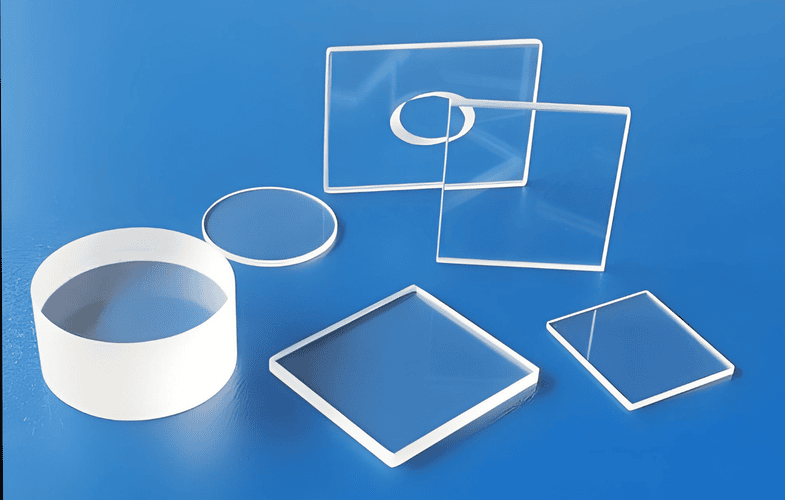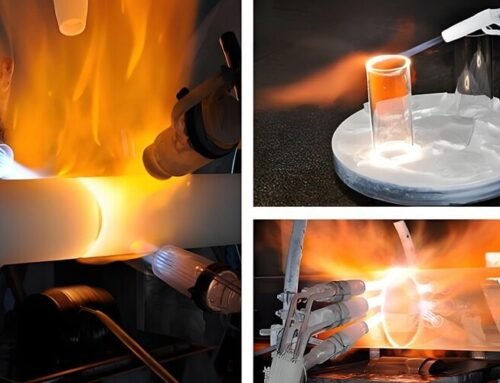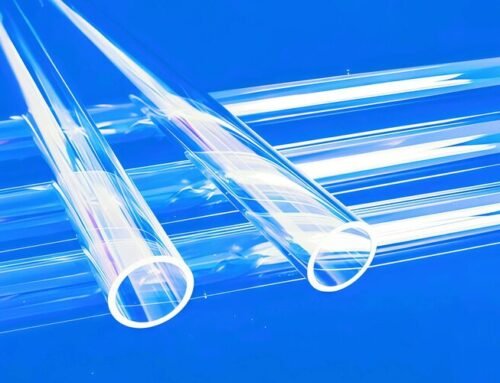The electrical conductivity of transparent quartz glass is measured at 10-17-10-16 S/m, whereas that of opaque quartz glass is 10-14-3.2×10-13 S/m. The values are associated with the purity of the quartz glass.
The dielectric constant of quartz glass: It is established that, at a standard temperature and a frequency of 106 hertz, the dielectric constant of transparent quartz glass is 3.50, while the dielectric constant of opaque quartz glass is 3.30. As the temperature rises, quartz glass exhibits a slight increase in its dielectric constant. It is important to note that, once the temperature reaches 450 degrees Celsius, there is a substantial increase in the dielectric constant.
- Dielectric loss
The relationship between the dielectric loss of quartz glass and temperature is such that an increase in temperature results in an increase in dielectric loss. It is important to note that above 350°C, there is a significant increase in dielectric loss with rising temperature.
- Chemical properties
Quartz glass is an acidic material that is inert to all acids except hydrofluoric and hot phosphoric acids. This quality makes it the optimum material for use in situations where acid resistance is a priority. At normal temperatures, the rate of corrosion of quartz glass by alkali and salt is also negligible. Therefore, the use of quartz glass in containing these reagents is a possibility.
- The relationship between thermal properties and electrical conductivity
Quartz glass is a type of special industrial technical glass that is characterized by a high level of purity, with silicon dioxide (SiO2) being the single component. Quartz glass is distinguished by its unique set of properties that cannot be matched by other materials. These include extremely low thermal conductivity, excellent thermal shock resistance, very high deformation and softening temperatures, very low dielectric loss and excellent optical transmission over an extremely wide spectral wavelengths from ultraviolet to infrared. These characteristics offer it a pivotal role in the modern industry and high-tech sectors.






